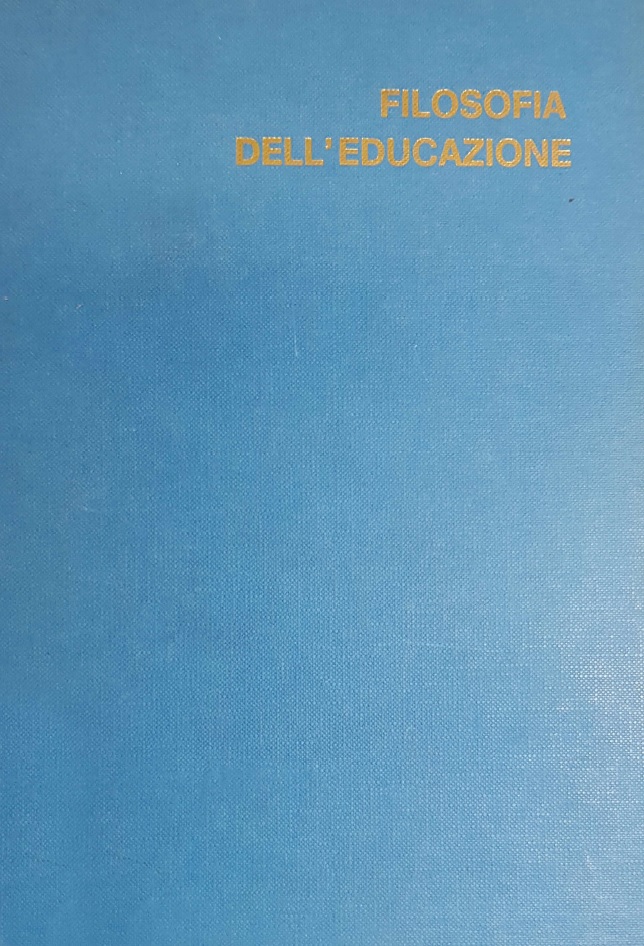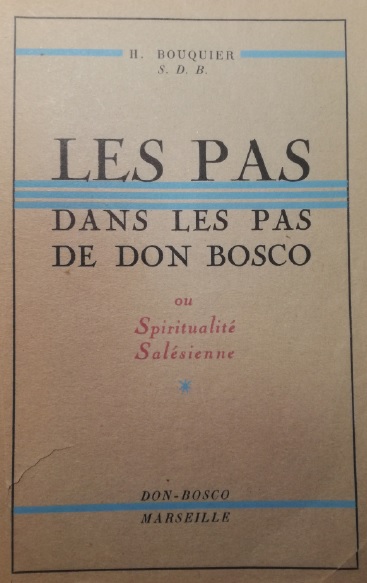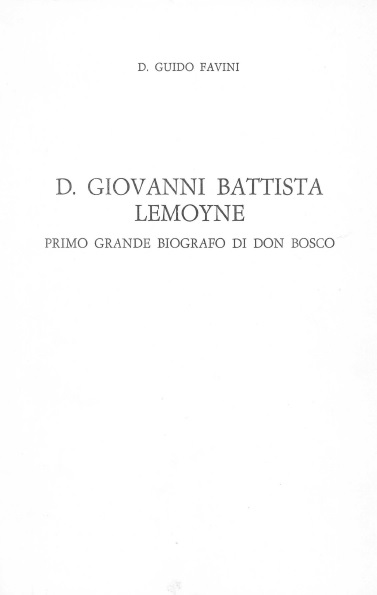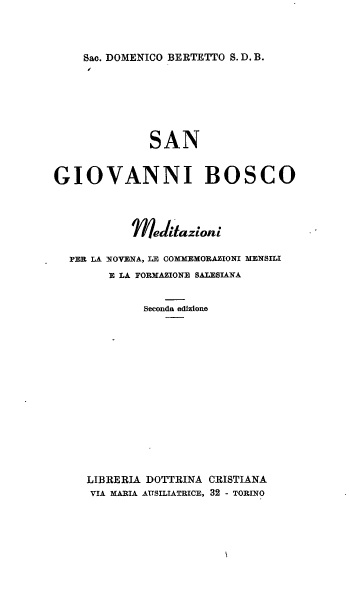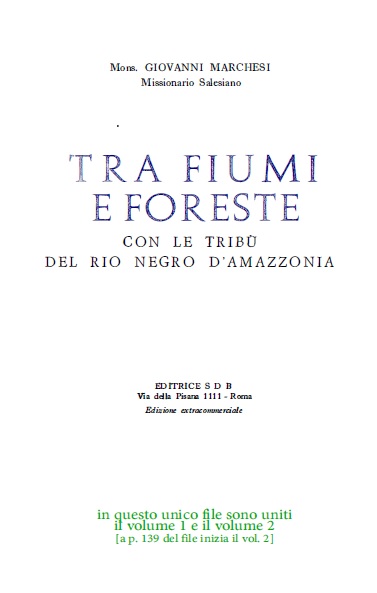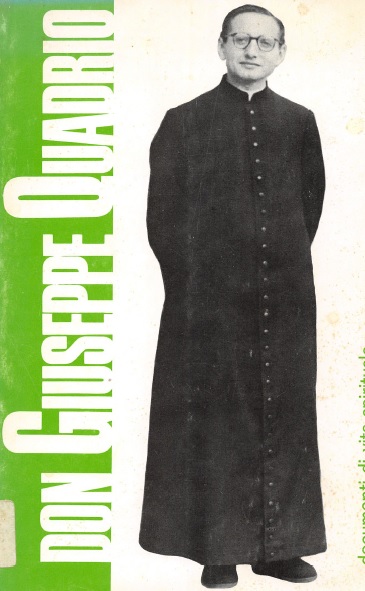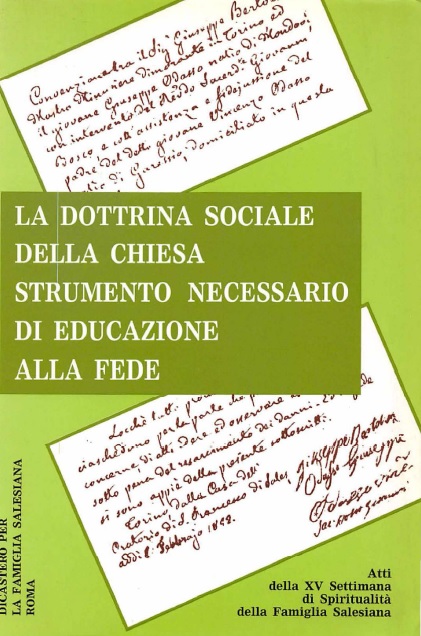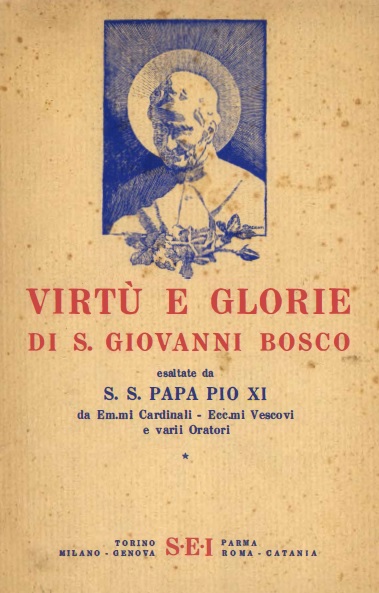Il testo tratta della complessità e delle molteplici prospettive legate alla nascita di un bambino. Esplora le reazioni individuali e familiari, nonché i vari punti di vista sociali, demografici, economici, politici e religiosi sull’arrivo di un nuovo membro nella società. Continue reading “Pietro Braido – Filosofia dell’educazione”
